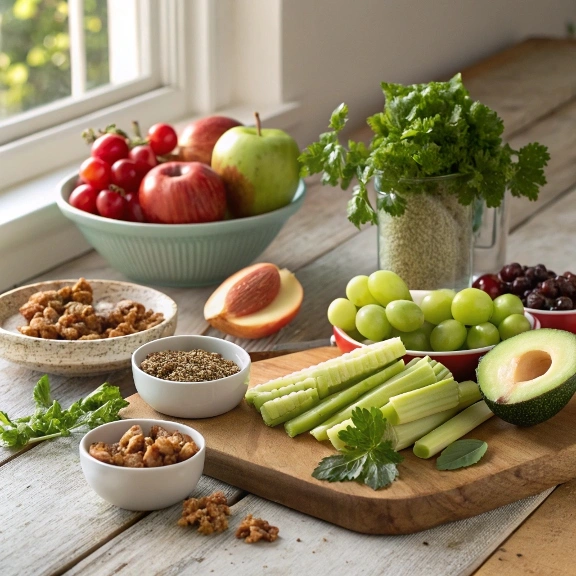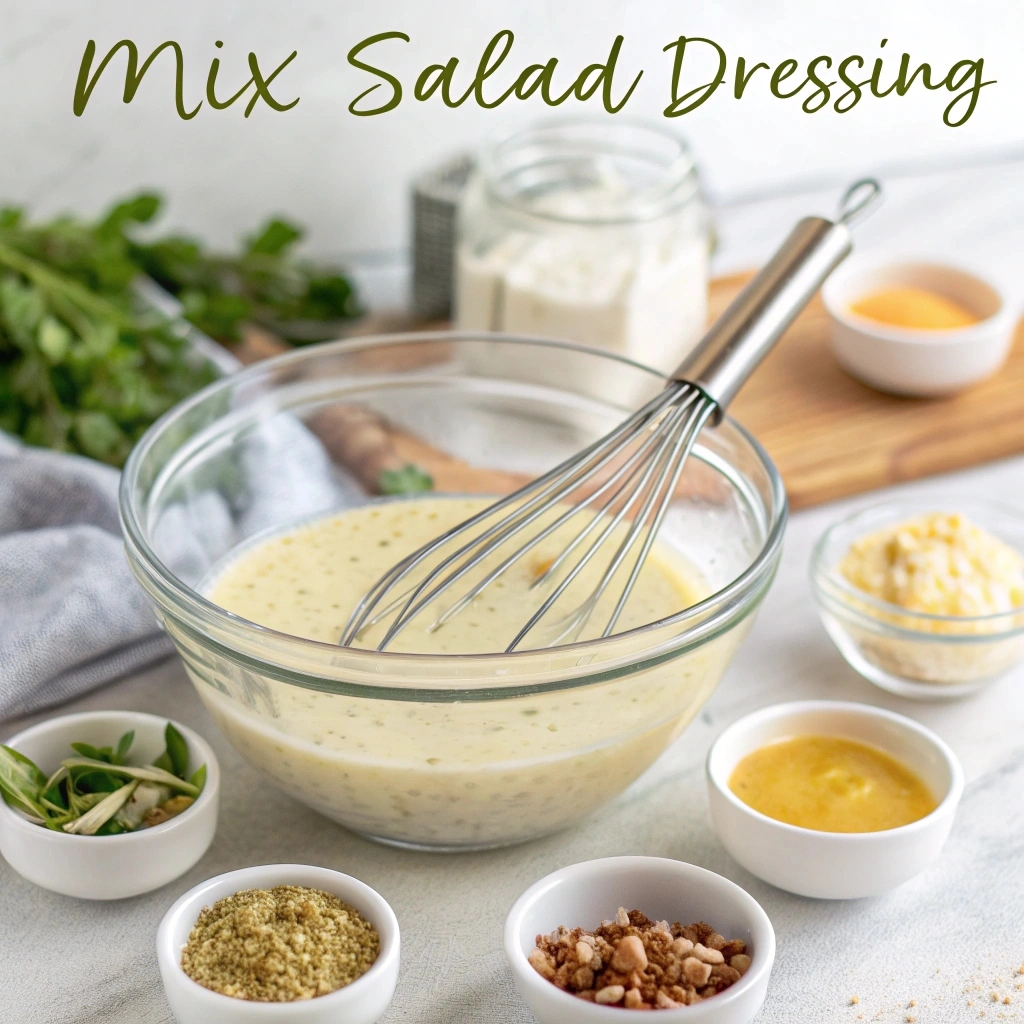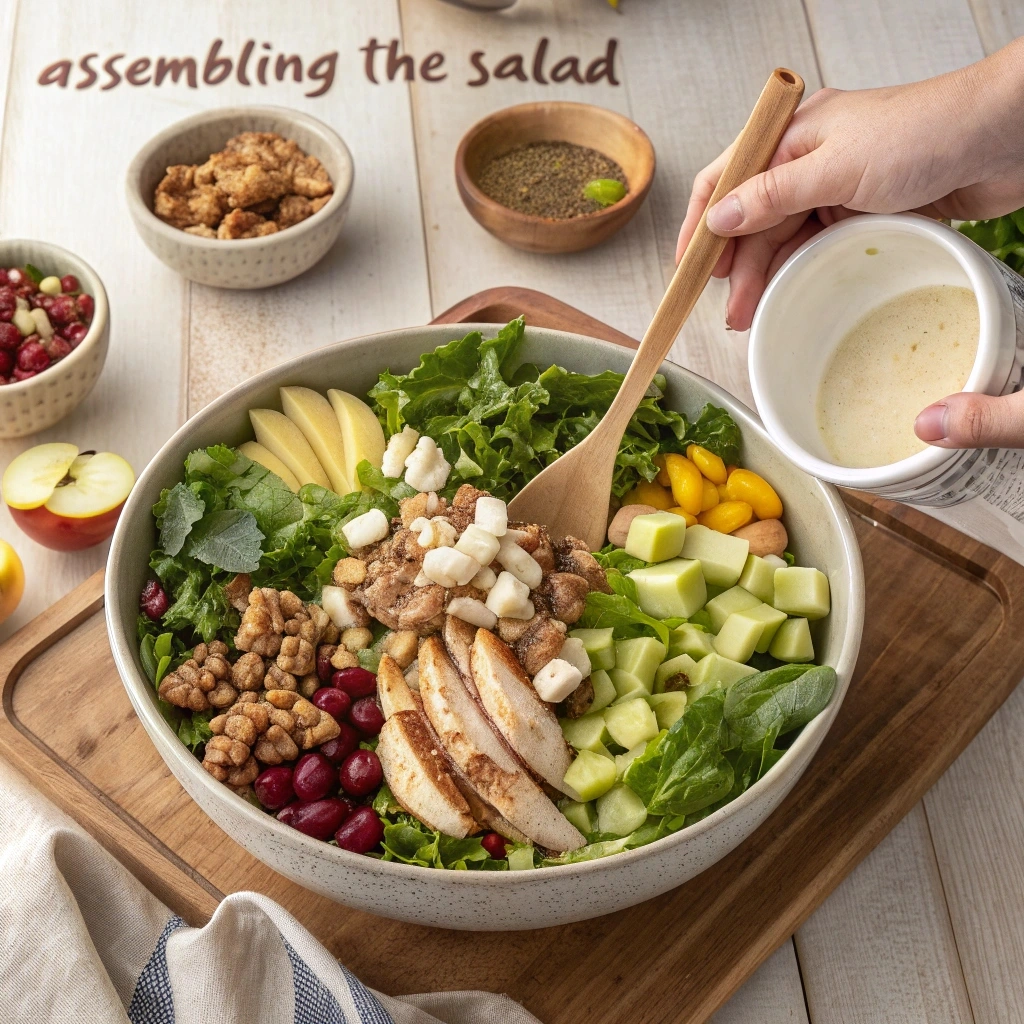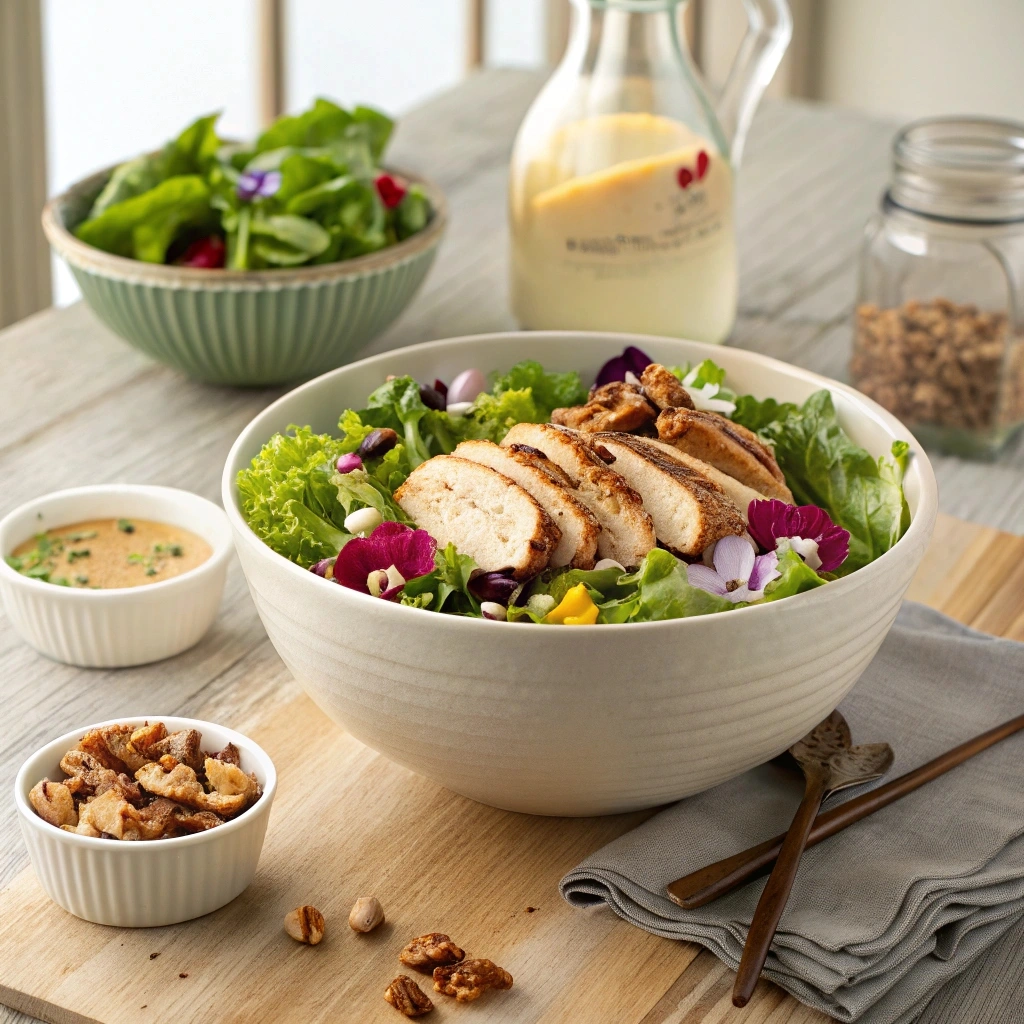When it comes to making the perfect rotisserie chicken salad, the first step is selecting the right chicken. I remember the first time I walked into a grocery store, overwhelmed by the array of options. I had no idea that not all rotisserie chickens are created equal.
After some trial and error, I learned to look for chickens that are golden brown and have a crispy skin. The aroma wafting from the rotisserie should be mouthwatering, hinting at the spices and herbs used in the seasoning. I often find myself gravitating toward those that have been freshly cooked, as they tend to be juicier and more flavorful.
Another tip I picked up along the way is to check the weight of the chicken. A heavier chicken usually means more meat, which is essential for a hearty salad. I also pay attention to the packaging; if it looks like it’s been sitting out for too long, I steer clear.
Once, I made the mistake of grabbing a chicken that was on sale but had clearly been there for a while. The meat was dry and lacked flavor, which was a disappointing start to my salad-making adventure. Now, I always prioritize quality over price when it comes to my rotisserie chicken.
Table of Contents
Preparing the Chicken for Salad
Letting it Cool
Once I’ve selected the perfect rotisserie chicken, the next step is preparing it for the salad. I usually let it cool for a few minutes before diving in; this not only makes it easier to handle but also allows the juices to settle. I remember one time when I was too impatient and started shredding it right away. The result? A mess of hot chicken that burned my fingers and left me with uneven pieces.

Shredding with Care
Now, I take my time, using two forks to shred the meat into bite-sized pieces, ensuring that each morsel is tender and easy to eat. This careful approach makes all the difference in the final salad.
Separating and Seasoning
After shredding, I make sure to separate the skin and bones from the meat. While the skin can add flavor, I prefer a lighter salad without it. I also take a moment to taste the chicken before adding it to my salad mix. This little step has saved me from bland salads in the past. If the chicken is well-seasoned, it can elevate the entire dish, making it more enjoyable. If it’s lacking in flavor, I might consider adding a pinch of salt or some extra spices later on.
Choosing the Best Ingredients for Flavor
The beauty of a rotisserie chicken salad lies in its versatility, and choosing the right ingredients can make all the difference. Over the years, I’ve experimented with various combinations of vegetables, fruits, and nuts. My go-to ingredients include crisp celery for crunch, sweet grapes for a burst of flavor, and creamy avocado for richness.
I remember one summer when I added diced apples and walnuts to my salad; it was a game-changer! The sweetness of the apples paired beautifully with the savory chicken, creating a delightful contrast. I also love incorporating fresh herbs like parsley or cilantro to brighten up the dish.
One time, I had some leftover basil from another recipe, and I decided to toss it in. The result was an unexpected yet delicious twist that made my salad feel gourmet. Don’t be afraid to get creative!
Whether you prefer a Mediterranean flair with olives and feta or a southwestern vibe with black beans and corn, the possibilities are endless.

Mixing the Dressing for the Salad
| Ingredient | Quantity |
|---|---|
| Olive oil | 2 tablespoons |
| Balsamic vinegar | 1 tablespoon |
| Dijon mustard | 1 teaspoon |
| Garlic | 1 clove, minced |
| Salt | 1/2 teaspoon |
| Pepper | To taste |

A great dressing can elevate your rotisserie chicken salad from good to extraordinary. My favorite dressing is a simple combination of Greek yogurt, lemon juice, Dijon mustard, and a touch of honey. This creamy yet tangy dressing adds depth without overpowering the other flavors.
I remember one time when I tried a store-bought dressing that promised to be “zesty.” It ended up being overly sweet and masked all the delicious flavors of my carefully chosen ingredients. Since then, I’ve made it a point to whip up my own dressings. When mixing my dressing, I always taste as I go.
A little extra lemon juice can brighten things up, while a dash of salt can enhance all those wonderful flavors. One memorable evening, I was preparing dinner for friends and accidentally added too much mustard. Instead of panicking, I quickly balanced it out with more yogurt and honey, creating an unexpected but delightful flavor profile that everyone raved about.
This experience taught me that cooking is often about improvisation and finding balance.
Want more delicious ways to cook chicken? These Chicken Tenderloin Recipes (Oven-Baked) from Veibrant Recipes are easy, flavorful, and perfect for busy weeknights. Whether you’re craving crispy, juicy, or savory, these recipes offer great inspiration for your next meal.
Assembling the Salad
Assembling the salad is where all your hard work comes together! I usually start with a base of mixed greens or spinach in a large bowl. The vibrant colors of fresh greens set a beautiful stage for the rest of the ingredients.
I remember one time when I decided to layer everything in a mason jar for a picnic; it not only looked stunning but also made for easy transport. Layering ingredients helps keep everything fresh until you’re ready to dig in. Once I’ve added my greens, I pile on the shredded chicken followed by my chosen vegetables and fruits.
The key is to distribute everything evenly so that each bite is packed with flavor. After that, I drizzle on my homemade dressing and toss gently to combine. One tip I’ve learned is to dress the salad just before serving; this keeps everything crisp and prevents sogginess.
There’s something incredibly satisfying about seeing all those colors come together in one bowl!

Tips for Serving and Storing the Salad
When it comes to serving my rotisserie chicken salad, presentation matters! I often serve it in large bowls for family-style dining or in individual portions for gatherings with friends. A sprinkle of nuts or seeds on top adds an appealing crunch and makes it look more inviting.
One time at a potluck, I garnished my salad with edible flowers from my garden; they not only looked beautiful but also sparked conversations among guests. As for storing leftovers, I’ve learned that keeping them fresh is crucial. I usually transfer any remaining salad into an airtight container and store it in the fridge.
However, if there’s dressing left over, I keep it separate to avoid wilting greens. One memorable lunch at work involved me forgetting this step; by midday, my salad had turned into a soggy mess! Now, I always make sure to pack my dressing separately when taking leftovers on-the-go.

Variations and Additions to the Basic Recipe
While I have my favorite go-to recipe for rotisserie chicken salad, there’s so much room for creativity! Sometimes, I’ll swap out ingredients based on what’s in season or what I have on hand. For instance, during fall, I love adding roasted butternut squash and cranberries for a seasonal twist.
One Thanksgiving, I made a version with leftover turkey instead of chicken; it was a hit at our family gathering! Another variation I’ve enjoyed is turning my salad into a wrap by using large lettuce leaves instead of greens or even whole wheat tortillas. This makes for a fun finger food option during casual get-togethers or picnics.
The possibilities are endless—whether you want to add quinoa for extra protein or toss in some cheese for creaminess—each variation brings its own unique flair.
5 Common Mistakes to Avoid and Their Solutions
As someone who has made plenty of mistakes in the kitchen while perfecting my rotisserie chicken salad, I’ve compiled a list of common pitfalls and how to avoid them. One major mistake is using dry chicken; always choose fresh rotisserie chickens as mentioned earlier! If you find yourself with dry meat, consider adding more dressing or even some broth to moisten it up.
Another common error is overloading on dressing; while flavor is essential, too much can drown out other ingredients. A good rule of thumb is to start with less and add more as needed after tossing everything together. Additionally, not letting your chicken cool before shredding can lead to burns and uneven pieces—patience pays off here!
Lastly, many people forget about seasoning their salads after mixing everything together. A pinch of salt or pepper can make all the difference! And finally, don’t skip on tasting as you go; this simple step can help you catch any imbalances before serving your masterpiece.
In conclusion, making the perfect rotisserie chicken salad is an art that combines quality ingredients with personal flair. With these tips and tricks in mind, you’ll be well on your way to creating a delicious dish that’s sure to impress family and friends alike!
Need a quick and delicious side dish for your chicken tortellini? This Rotisserie Chicken Salad Recipe from AllRecipes is packed with tender chicken, crisp vegetables, and a creamy dressing. It’s the perfect light and refreshing complement to a hearty pasta meal.
FAQs
What is rotisserie chicken salad?
Rotisserie chicken salad is a dish made with shredded or diced rotisserie chicken mixed with various ingredients such as vegetables, fruits, nuts, and a dressing. It is a versatile and flavorful dish that can be served as a side dish, in a sandwich, or as a main course.
How do you select the right rotisserie chicken for the salad?
When selecting a rotisserie chicken for the salad, look for one that is well-seasoned and has crispy skin. Ensure that the chicken is freshly cooked and still warm for the best flavor and texture.
What is the process for preparing the rotisserie chicken for the salad?
To prepare the rotisserie chicken for the salad, remove the skin and bones, and then shred or dice the meat into bite-sized pieces. Discard any excess fat and ensure that the chicken is cooled before adding it to the salad.
How do you choose the best ingredients for flavor in a rotisserie chicken salad?
For the best flavor in a rotisserie chicken salad, choose fresh and high-quality ingredients such as crisp vegetables, sweet fruits, crunchy nuts, and a flavorful dressing. Consider using a mix of textures and flavors to create a well-balanced salad.
What is the process for mixing the dressing for the rotisserie chicken salad?
To mix the dressing for the rotisserie chicken salad, combine ingredients such as mayonnaise, Greek yogurt, Dijon mustard, lemon juice, salt, and pepper in a bowl. Whisk the ingredients together until smooth and well combined.
How do you assemble the rotisserie chicken salad?
To assemble the rotisserie chicken salad, combine the prepared chicken, vegetables, fruits, nuts, and dressing in a large bowl. Gently toss the ingredients together until they are evenly coated with the dressing.
What are some tips for serving and storing the rotisserie chicken salad?
When serving the rotisserie chicken salad, consider serving it chilled on a bed of lettuce or in a sandwich. To store the salad, keep it refrigerated in an airtight container for up to 3 days.
What are some variations and additions to the basic rotisserie chicken salad recipe?
Some variations and additions to the basic rotisserie chicken salad recipe include adding ingredients such as dried cranberries, diced apples, sliced almonds, or chopped fresh herbs for added flavor and texture.
What are 5 common mistakes to avoid when making rotisserie chicken salad and their solutions?
1. Overdressing the salad – Use the dressing sparingly and add more as needed to avoid a soggy salad. 2. Using dry or flavorless chicken – Ensure the rotisserie chicken is well-seasoned and moist for the best flavor. 3. Not balancing flavors and textures – Mix a variety of ingredients to create a well-balanced salad with different flavors and textures. 4. Not chilling the salad before serving – Refrigerate the salad for at least 30 minutes before serving to enhance the flavors. 5. Storing the salad with the dressing on – Keep the dressing separate until ready to serve to prevent the salad from becoming soggy.

rotisserie chicken salad-recipe
Ingredients
- 1 high-quality rotisserie chicken
- Celery crisp (1/2 cup, diced)
- Grapes sweet (1/2 cup, halved)
- Avocado creamy (1/2, diced)
- Olive oil 2 tablespoons
- Balsamic vinegar 1 tablespoon
- Dijon mustard 1 teaspoon
- Garlic 1 clove, minced
- Salt 1/2 teaspoon
- Pepper To taste
- Greek yogurt 1/2 cup
- Lemon juice 1 tablespoon
- Honey 1 teaspoon
- Optional add-ins: diced apples walnuts, fresh parsley, cilantro, olives, feta, black beans, corn, dried cranberries, sliced almonds, roasted butternut squash.
- Mixed greens or spinach for serving optional
- Lettuce leaves or tortillas for serving optional
Instructions
- Select the Chicken: Choose a high-quality rotisserie chicken that is golden brown, has crispy skin, and smells appealing. Make sure it is freshly cooked and still warm.
- Cool and Shred the Chicken: Let the chicken cool for a few minutes. Then, use two forks to shred the meat into bite-sized pieces.
- Remove Skin and Bones: Separate the skin and bones from the shredded chicken.
- Taste and Season: Taste the shredded chicken. If it lacks flavor, add a pinch of salt or extra spices.
- Prepare the Dressing: In a bowl, whisk together the Greek yogurt, lemon juice, Dijon mustard, and honey. Taste and adjust seasonings as needed.
- Combine Ingredients: In a large bowl, combine the shredded chicken, diced celery, halved grapes, and diced avocado.
- Add Dressing: Drizzle the dressing over the chicken and vegetables.
- Toss Gently: Gently toss the ingredients together until they are evenly coated with the dressing.
- Serve: Serve immediately or chill in the refrigerator for later. Serve on a bed of mixed greens or spinach, in lettuce wraps, or in whole wheat tortillas.
Notes
- Chicken Selection: Prioritize quality over price when selecting your rotisserie chicken.
- Cooling Time: Allow the chicken to cool slightly before shredding to avoid burning your fingers and ensure even pieces.
- Ingredient Variations: Feel free to experiment with different combinations of vegetables, fruits, and nuts. Consider seasonal ingredients for added flavor.
- Dressing Adjustments: Taste the dressing as you go and adjust the lemon juice, salt, or honey to your liking.
- Serving Suggestions: Sprinkle nuts or seeds on top for added crunch and visual appeal.
- Storage: Store leftover salad in an airtight container in the refrigerator. Keep dressing separate to prevent sogginess.
- Dry Chicken Solution: If the chicken is dry, add more dressing or a little broth to moisten it.
- Overdressing Solution: Start with less dressing and add more as needed.
- Seasoning Importance: Don’t forget to season the salad after mixing everything together.


3 thoughts on “Easy Rotisserie Chicken Salad Recipe: A Quick & Tasty Meal”